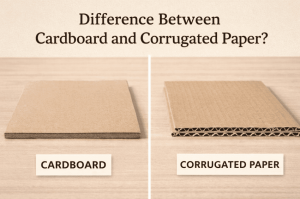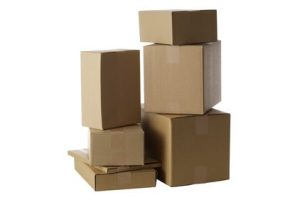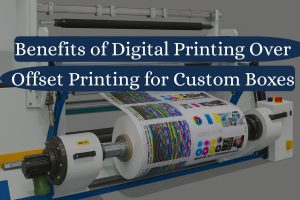In the realm of packaging, the choice between corrugated and non-corrugated cardboard boxes is pivotal. This decision can significantly impact the protection, presentation, and cost-effectiveness of shipping your products. Racer Boxes, a premier cardboard box manufacturer from Vancouver, is here to guide you through the advantages and disadvantages of each type, helping you make an informed decision based on your specific needs.
Understanding Corrugated Cardboard Boxes
Corrugated cardboard boxes are distinguished by their layered structure: a fluted corrugated sheet sandwiched between two linerboards. This design offers remarkable strength and durability, making corrugated boxes the go-to choice for shipping a wide range of products.
Advantages of Corrugated Cardboard Boxes
– Enhanced Protection: The corrugated structure provides superior cushioning and shock absorption, protecting contents from damage during transit.
– Structural Integrity: These boxes can bear heavier loads and resist punctures and tears, ideal for long-distance and international shipping.
– Customization and Flexibility: Corrugated cardboard can be easily customized in terms of size, shape, and strength, accommodating a vast array of product types and shipping requirements.
Disadvantages of Corrugated Cardboard Boxes
– Cost and Storage: Due to their robust design, corrugated boxes can be more expensive and require more storage space than their non-corrugated counterparts.
– Environmental Considerations: While corrugated boxes are recyclable, the energy and resources required for their production and recycling process can be significant.
Exploring Non-Corrugated Cardboard Boxes
Non-corrugated cardboard boxes, often made from a single layer of cardboard, are commonly used for lighter items and in situations where less protection is sufficient.
Advantages of Non-Corrugated Cardboard Boxes
– Cost-Effectiveness: These boxes are generally less expensive to produce and purchase, making them a budget-friendly option for businesses.
– Space Efficiency: Their simpler design means non-corrugated boxes take up less storage space, an essential consideration for businesses with limited warehousing capabilities.
– Sustainability: Non-corrugated boxes often require less material and energy to manufacture, potentially reducing the environmental impact.
Disadvantages of Non-Corrugated Cardboard Boxes
– Limited Protection: Without the fluted layer, these boxes offer less cushioning and shock absorption, making them unsuitable for fragile or high-value items.
– Reduced Durability: Non-corrugated boxes are more prone to damage from pressure, moisture, and environmental factors, limiting their suitability for some shipping applications.
Making the Right Choice for Your Business
The decision between corrugated and non-corrugated cardboard boxes hinges on several factors: the nature of the products being shipped, the required level of protection, budget constraints, and storage capabilities. Corrugated boxes are ideal for items that need significant protection during shipping, while non-corrugated boxes can be an efficient choice for lighter, less fragile items and in-store packaging needs.
The choice of packaging materials is a critical aspect of your business strategy, affecting not only the safety and integrity of your products but also your brand’s environmental footprint and bottom line. By understanding the unique advantages and disadvantages of corrugated and non-corrugated cardboard boxes, you can tailor your packaging strategy to meet your specific needs effectively.
Cardboard Boxes In Vancouver
With Racer Boxes, you have a partner committed to providing top-quality packaging solutions tailored to your unique needs. Whether you need sturdy corrugated cardboard boxes for maximum protection or are seeking the simplicity and cost-efficiency of non-corrugated options, we’re here to help. Elevate your brand’s delivery game and navigate the complexities of packaging with confidence. Contact Racer Boxes, Vancouver’s premier cardboard box manufacturer, today to fortify your packaging strategy and ensure your products make a lasting impression.





Recent Comments